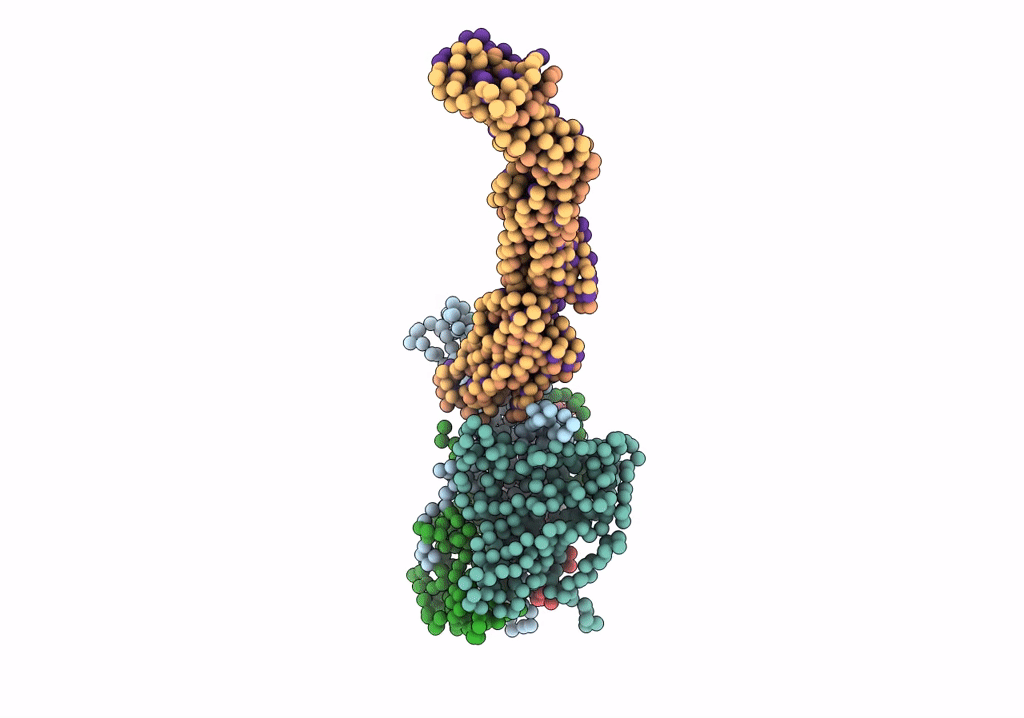
Deposition Date
2003-01-13
Release Date
2004-01-27
Last Version Date
2024-02-14
Entry Detail
PDB ID:
1NN8
Keywords:
Title:
CryoEM structure of poliovirus receptor bound to poliovirus
Biological Source:
Source Organism:
Homo sapiens (Taxon ID: 9606)
Human poliovirus 1 Mahoney (Taxon ID: 12081)
Human poliovirus 1 Mahoney (Taxon ID: 12081)
Host Organism:
Method Details:
Experimental Method:
Resolution:
15.00 Å
Aggregation State:
PARTICLE
Reconstruction Method:
SINGLE PARTICLE


